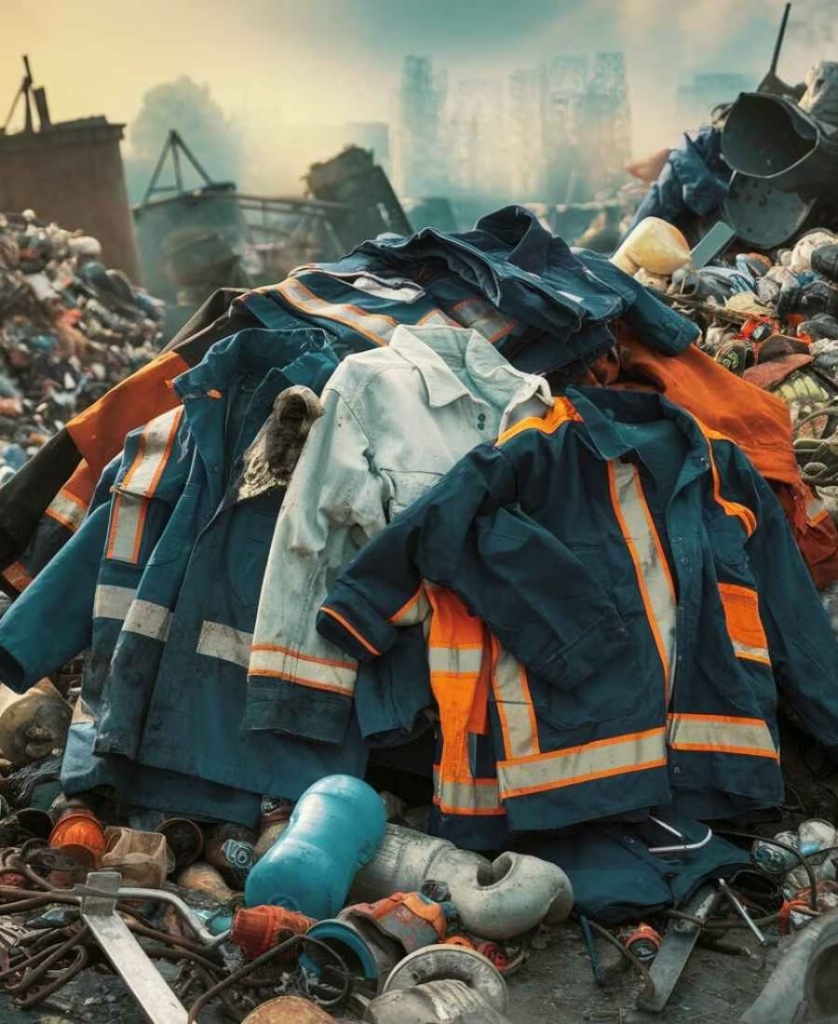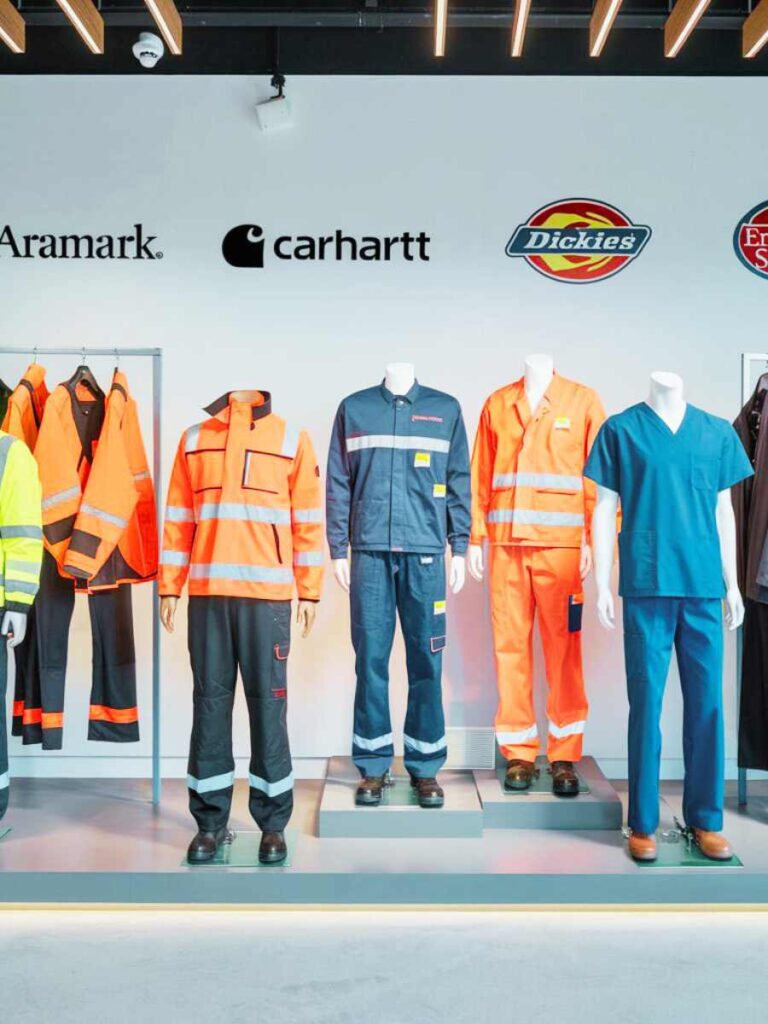Fast fashion has transformed the way we shop for clothing by providing affordable and trendy options quickly. While the retail industry has received significant scrutiny for its environmental impact, one area that often goes unnoticed is fast fashion in workwear. The demand for cheap, disposable uniforms and work apparel is on the rise, but this comes with serious environmental consequences. In this article, we’ll explore how fast fashion influences workwear, the hidden costs of mass production, and how businesses can adopt more sustainable practices.
What is Fast Fashion in Workwear?
Fast fashion in workwear mirrors the trends we see in consumer fashion—mass-produced, low-cost apparel designed to meet immediate demand. Companies in industries such as hospitality, construction, and retail often prioritize affordability over quality, resulting in uniforms that are cheap to produce but quick to wear out.
While these uniforms might appear cost-effective, their short lifespan and disposable nature create a significant environmental burden. From synthetic fabrics to excessive waste, the impact of fast fashion in workwear cannot be ignored.
The Environmental Cost of Fast Fashion in Workwear
- Resource-Intensive Production
The production of fast fashion garments, including workwear, is resource-heavy. Synthetic fabrics like polyester dominate the workwear industry due to their durability and cost-effectiveness, but producing polyester requires large amounts of fossil fuels.
- Water Usage: Cotton, often used in workwear, requires significant water resources to grow. Producing one kilogram of cotton can take up to 20,000 liters of water.
- Energy Consumption: The manufacturing process involves energy-intensive machinery that contributes to greenhouse gas emissions.
- Textile Waste
Fast fashion in workwear leads to excessive waste. Poorly made uniforms wear out quickly, and since many are made of synthetic fibers, they are not biodegradable.
- Key Stat: According to a 2023 report, over 85% of textiles end up in landfills annually, with a large portion coming from the workwear and uniform industry.
- Impact: These materials take hundreds of years to decompose, releasing harmful microplastics into the environment.
- Pollution from Dyes and Chemicals
Dyeing and treating fabrics for workwear contribute to water pollution. Many dyes used in fast fashion are toxic and end up contaminating local water sources near production facilities.
- Example: Factories in fast fashion hubs often discharge untreated wastewater containing heavy metals, dyes, and chemicals directly into rivers and streams.
- Carbon Footprint
Fast fashion’s reliance on global supply chains increases its carbon footprint. Raw materials are often sourced in one country, processed in another, and shipped worldwide. This reliance on transportation significantly contributes to global emissions.

The Social Impact of Fast Fashion in Workwear
The environmental concerns of fast fashion in workwear are deeply intertwined with social issues. Many fast fashion manufacturers operate in regions with minimal labor laws, where workers face low wages, unsafe conditions, and long hours. This unethical production process adds another layer of complexity to the fast fashion debate.
How Businesses Can Combat Fast Fashion in Workwear
- Choose Sustainable Materials
Opt for uniforms made from eco-friendly materials such as organic cotton, hemp, or recycled polyester. These options reduce the environmental impact and promote sustainability.
- Pro Tip: Look for certifications like GOTS (Global Organic Textile Standard) or OEKO-TEX for assurance of sustainable practices.
- Invest in Quality Over Quantity
Instead of purchasing cheap uniforms that need frequent replacement, invest in high-quality workwear designed to last. Durable fabrics and reinforced stitching extend the lifespan of garments, reducing the need for frequent replacements.
- Embrace Circular Fashion Practices
Circular fashion aims to reduce waste by reusing and recycling materials. Companies can implement uniform recycling programs where old workwear is collected and repurposed into new products.
- Example: Some manufacturers now offer take-back programs for used uniforms, ensuring they are recycled responsibly.
- Partner with Ethical Suppliers
Support suppliers and manufacturers committed to sustainable and ethical practices. Prioritize those who use renewable energy, reduce waste, and provide fair wages to workers.
- Educate Employees
Sustainability starts with awareness. Educate your employees about the environmental impact of fast fashion in workwear and encourage them to take care of their uniforms to extend their lifespan.

Benefits of Sustainable Workwear Practices
- Cost Savings: High-quality uniforms reduce replacement costs over time.
- Brand Image: Consumers and employees increasingly prefer companies committed to sustainability.
- Environmental Impact: By reducing waste and carbon emissions, businesses can actively contribute to a healthier planet.
The Future of Fashion in Workwear
As sustainability becomes a global priority, the workwear industry must adapt. Innovations like biodegradable fabrics, zero-waste production methods, and smart textiles that track wear and tear are on the rise. By embracing these advancements, businesses can reduce their reliance on fast fashion while ensuring employees are equipped with functional, eco-friendly workwear.
In conclusion, fast fashion in workwear might seem like a cost-effective solution, but its long-term environmental impact is far from negligible. Businesses have a responsibility to move toward sustainable practices, not only to reduce their carbon footprint but also to align with the growing demand for ethical and eco-friendly products.




